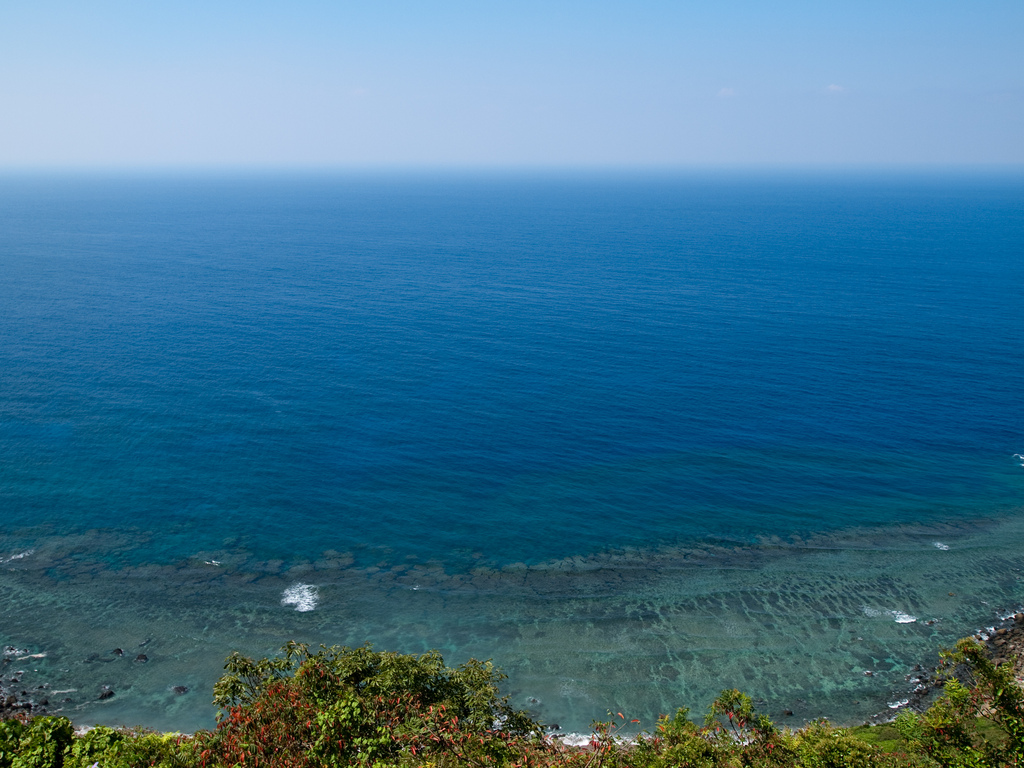In November, Tokyo and Beijing agreed to disagree on their views on territory and history to resume talks on crisis communication mechanisms in the East China Sea. Tokyo and Beijing reached a common understanding of its structure and methods that a hotline should employ. There is an urgent need for such a mechanism due to China’s more frequent and regular naval and air activities around Japan. A priority for Japan’s maritime security is to implement this crisis management mechanism.
As the year 2015 marks the 70th anniversary of the end of World War II, history may hinder crisis management talks again. Beijing has already prepared commemoration of the victory in the “anti-fascist war.” Prime Minister Shinzo Abe plans to make his own statement on history next year, and it needs to be realistic and forward-looking to prevent history from casting a dark shadow over the East China Sea.
In 2015, Tokyo and Washington will revise the 1997 Bilateral Defense Cooperation Guidelines. Under new the new guidelines, Japanese and American forces will work as one regionally and globally in peacetime, wartime, and in grey-zones, or situations short of armed conflict. Such enhanced combined defense posture in the East China Sea, however, will invite strong Chinese protest. The revision is necessary to balance China’s maritime expansion in the Western Pacific. But to avoid unnecessary friction, Tokyo should notify Beijing of the progress on the revision in advance to build confidence and trust.
